Mps 6 Disease Life Expectancy
Mps 6 disease life expectancy. Patients were diagnosed with MPS significantly earlier in recent decades p 001 Fig. In comparison the median life expectancy for all forms of MPS type I was 116 years. However some cases particularly the mild forms go unrecognized or misdiagnosed.
According to a study of patients with Sanfilippo syndrome the median life expectancy varies depending on the subtype. The life expectancy of individuals with MPS VI depends on the severity of symptoms. However individuals with MPS I have too much GAG in their body.
To understand how GAG accumulates and causes MPS I it is important to understand that in the course of normal life there is a continuous process of building new GAGs and breaking down old ones a recycling process. Without treatment severely affected individuals may survive only until late childhood or adolescence. This ongoing process is required to keep your body healthy.
To diagnose MPS disease the clinical manifestations will be thoroughly evaluated along with a. Lamy who first described the condition in 1963. People with the mildest form MPS IS may have a reasonably normal lifespan those with moderate form MPS IHS may live to teenage or early adulthood but the most severe form MPS IH or Hurler syndrome may allow a lifespan that is rarely longer than 10 years.
This result was driven by the relatively poor survival of patients with the Hurler phenotype who irrespective of any treatments received had a median survival of 87 years. When censoring for receipt of bone marrow transplant BMT was implemented median survival of Hurler patients was diminished to 68 years. In Sanfilippo syndrome type A the mean age at death standard deviation was 1522 422 years.
MPS disease happens one in every 25000 births. There are four distinct types of MPS III each caused by alteration of a different enzyme needed to completely break down the heparan sulfate sugar chain. Most individuals with MPS III live into their teenage years and some live into their 20s or 30s.
Those with milder forms of the disorder usually live into adulthood although their life expectancy may be reduced. Individuals with Scheie syndrome have normal intelligence height and life expectancy.
MPS III is characterized by devel-opmental delay and cognitive regression with usually mild physical problems.
Life expectancy in MPS III is extremely varied. Most individuals with MPS III live into their teenage years and some live into their 20s or 30s. To understand how GAG accumulates and causes MPS I it is important to understand that in the course of normal life there is a continuous process of building new GAGs and breaking down old ones a recycling process. For those with milder forms of the disease a wider variety of outcomes exist. Patients were diagnosed with MPS significantly earlier in recent decades p 001 Fig. MPS VI has a wide range of symptoms that vary in severity and can be managed and treated with enzyme replacement therapies. Scheie syndrome mucopolysaccharidosis type I-S. However some cases particularly the mild forms go unrecognized or misdiagnosed. A British study from 2008 found a median estimated life expectancy of 87 years for patients with Hurler syndrome.
To understand how GAG accumulates and causes MPS I it is important to understand that in the course of normal life there is a continuous process of building new GAGs and breaking down old ones a recycling process. 58 linhas The characteristic skeletal dysplasia includes short stature dysostosis. Without treatment severely affected individuals may survive only until late childhood or adolescence. Lamy who first described the condition in 1963. Scheie syndrome mucopolysaccharidosis type I-S. Patients were diagnosed with MPS significantly earlier in recent decades p 001 Fig. MPS IV is a mucopolysaccharide disease known as Maroteaux-Lamy Syndrome.





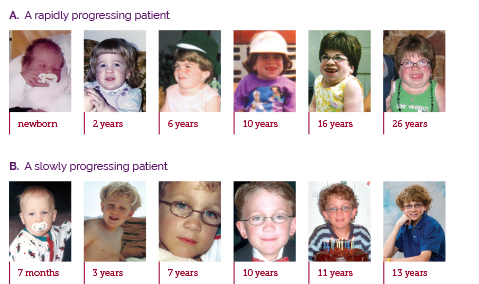



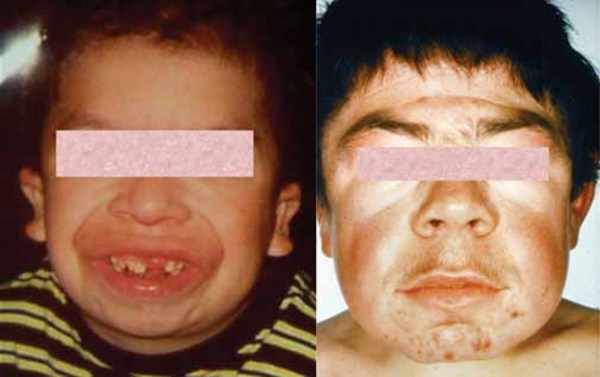







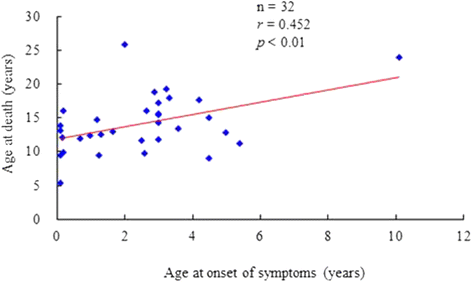





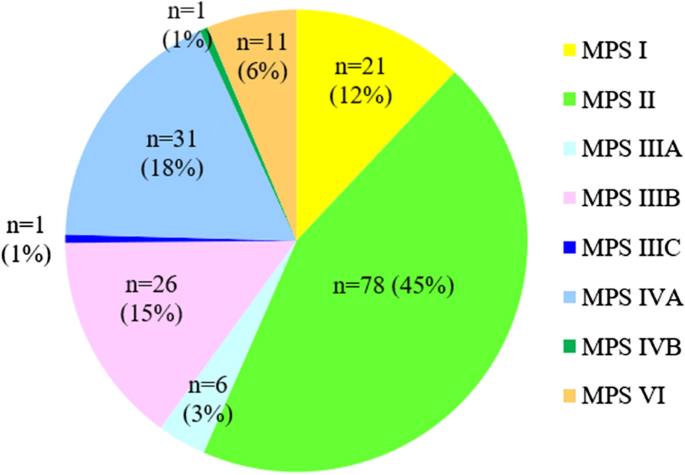

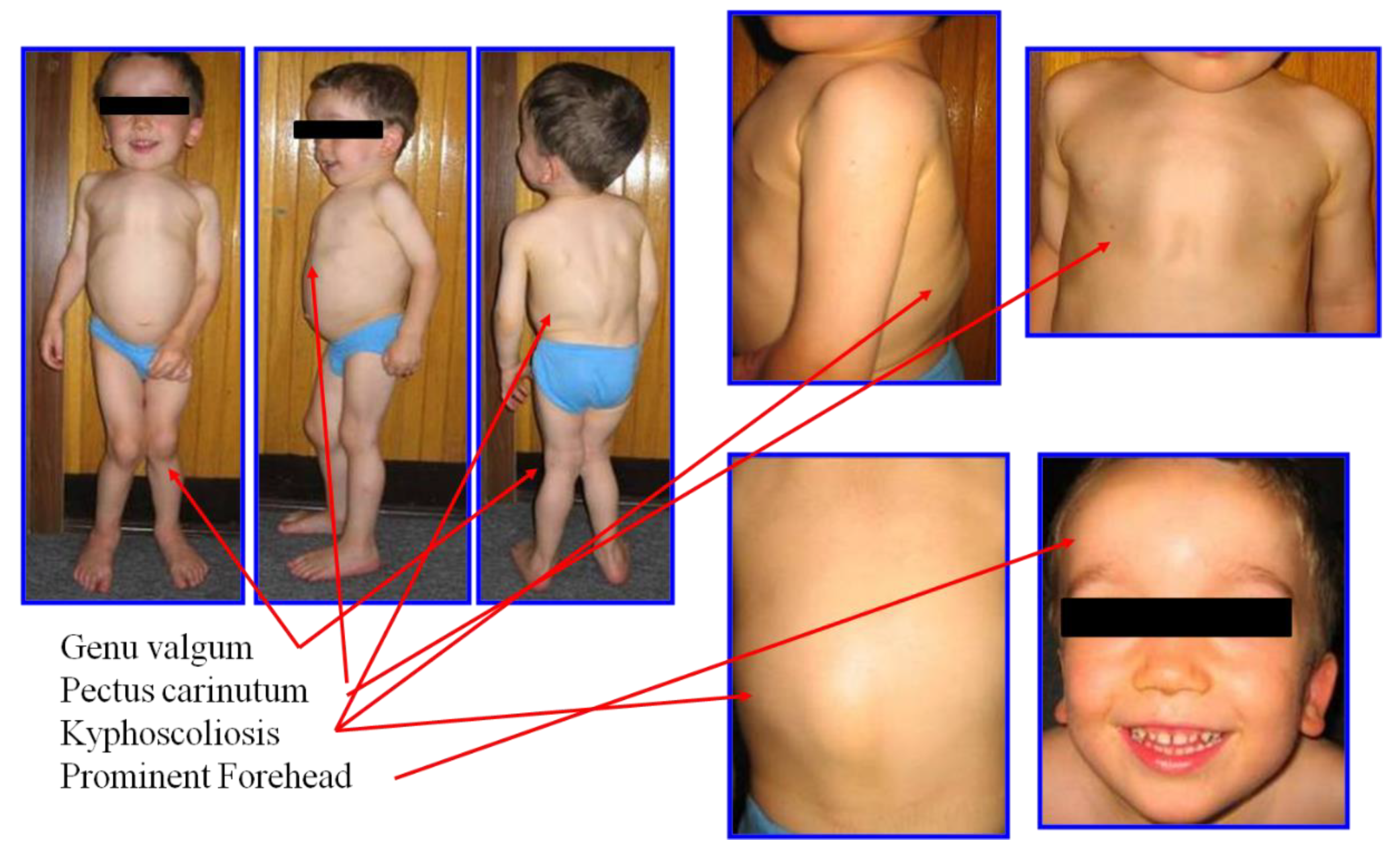











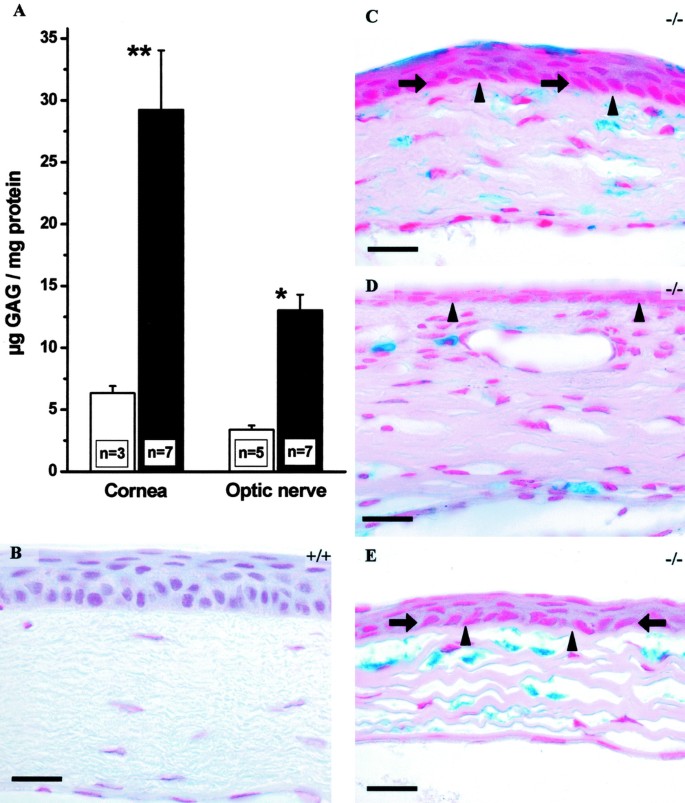
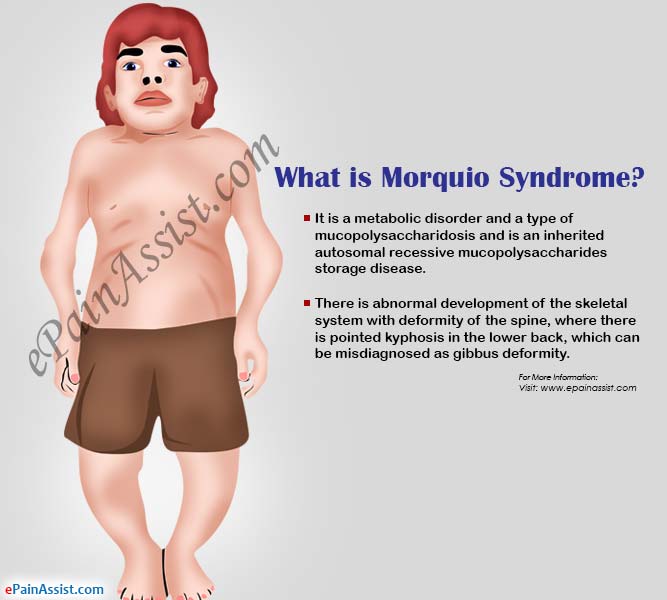



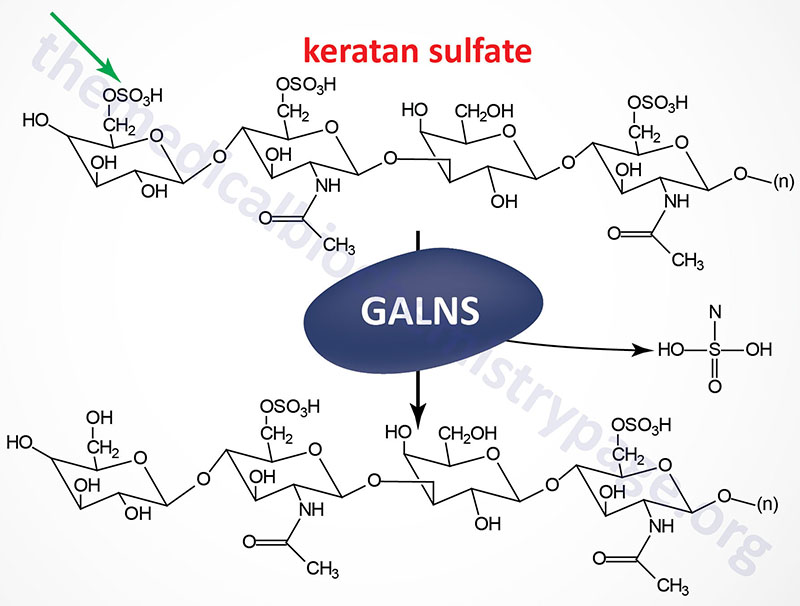
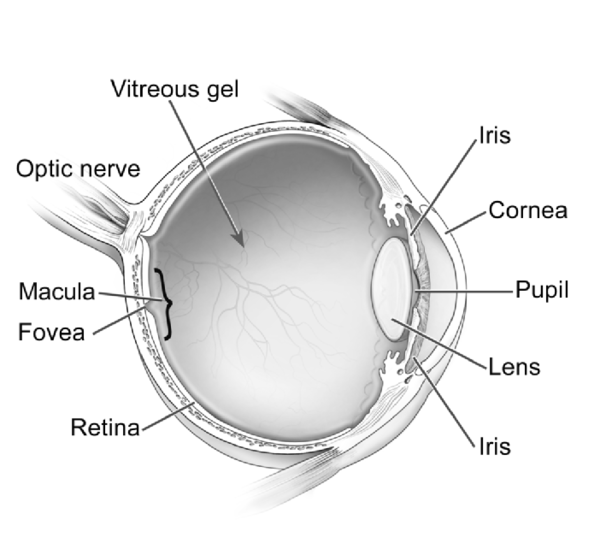
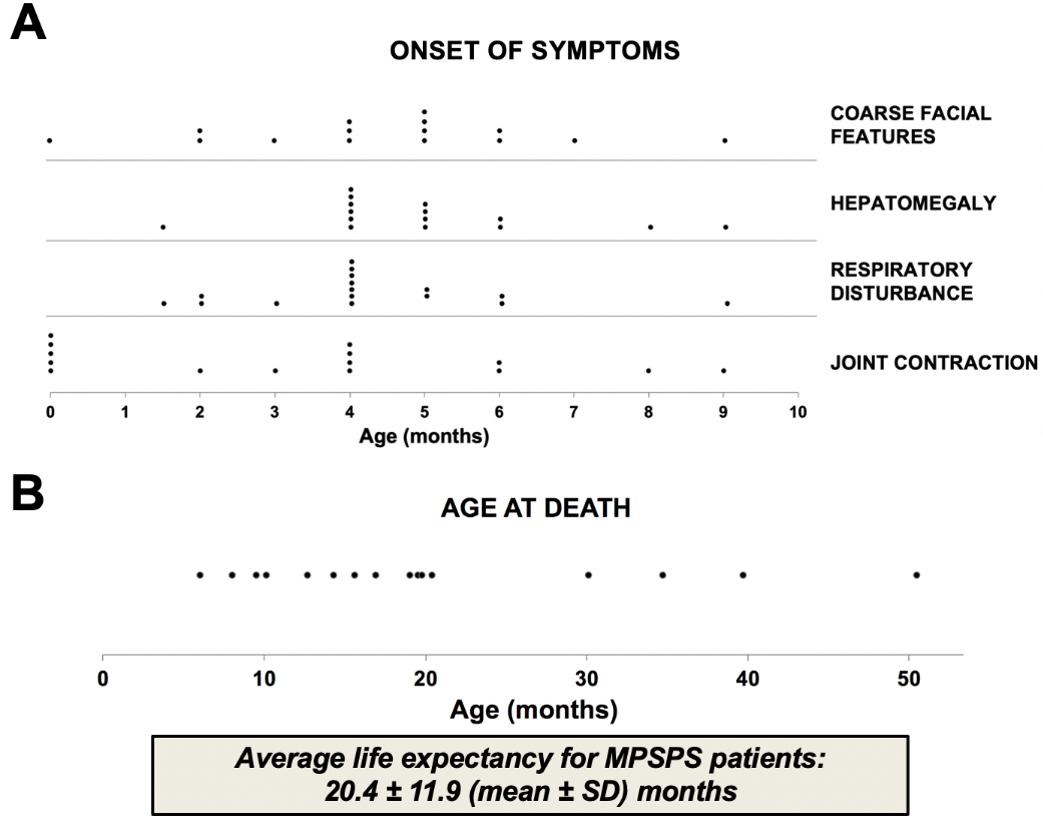

Posting Komentar untuk "Mps 6 Disease Life Expectancy"